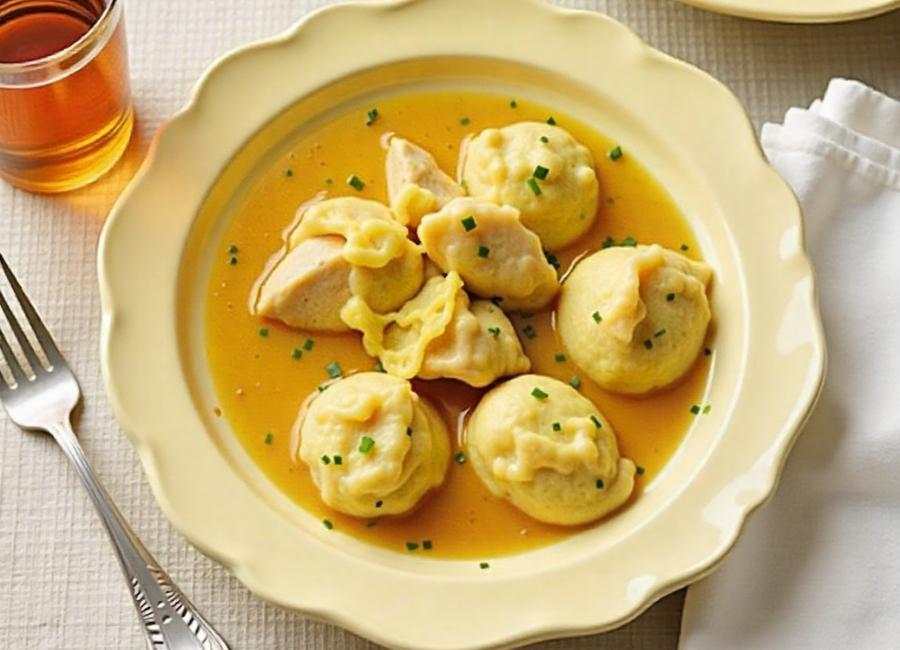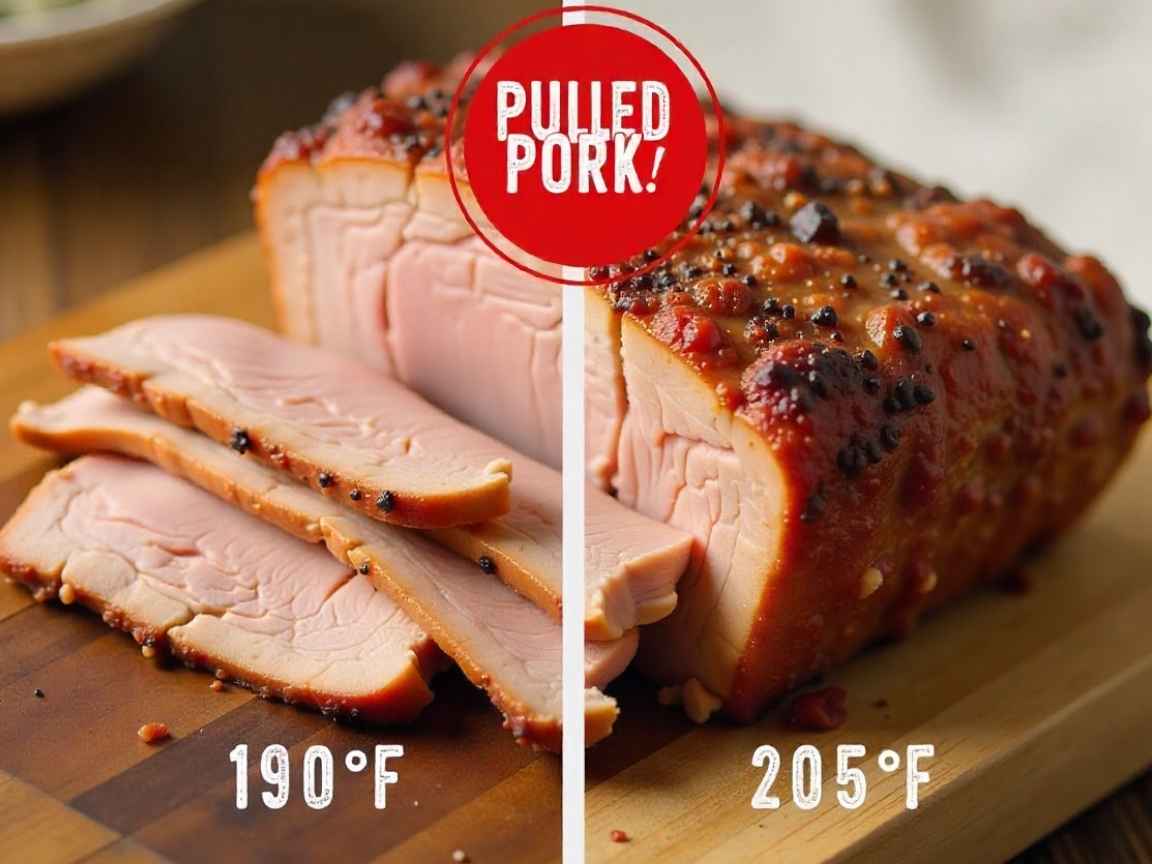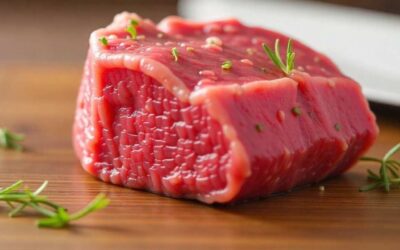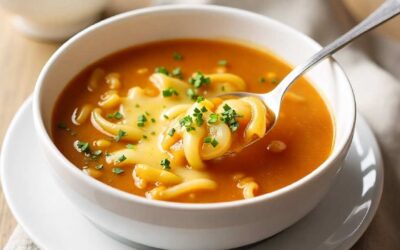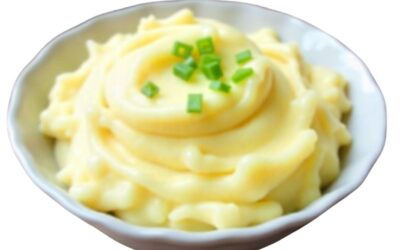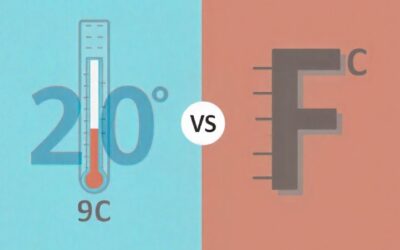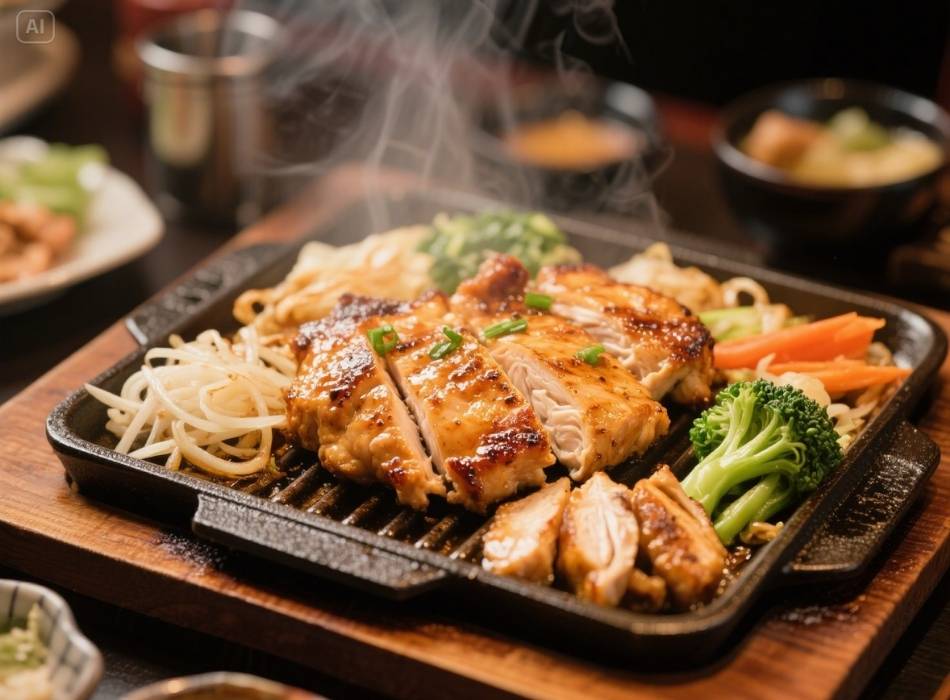Hibachi chicken is a popular dish often served fresh off the sizzling grill at Japanese steakhouse restaurants. Known for its mouthwatering aroma, tender chicken, and flavorful accompaniments, hibachi chicken has become a go-to for many seeking a satisfying yet entertaining dining experience. But have you ever wondered about its nutritional profile?
This post dives into the nutritional makeup of hibachi chicken, including its calorie content, macronutrient breakdown, and key vitamins and minerals. Plus, we’ll share some tips for how to enjoy this delicious dish as part of a balanced diet.
What is Hibachi Chicken?
Hibachi chicken is a dish typically prepared on a flat, open grill, using high heat to sear the chicken while locking in its juiciness. It’s often cooked with soy sauce, butter, garlic, and occasionally sesame oil, creating a rich, savory flavor. The meal is usually paired with fried rice, grilled vegetables, and dipping sauces, making it a complete and indulgent dining experience.
How Many Calories Are in Hibachi Chicken?

The calorie content of hibachi chicken can vary depending on the cooking method, portion size, and the accompanying sides or sauces.
Approximate Nutrition for an Average Serving
A standard restaurant serving of hibachi chicken (around 6 to 8 ounces) typically contains:
- Calories: 280–350 kcal
- Protein: 30–35 grams
- Fat: 12–18 grams
- Carbohydrates: 2–4 grams
These values are for the chicken alone, without sides or sauces. When paired with fried rice, grilled vegetables, and dipping sauces, the total calorie count can easily surpass 700–1,000 kcal, depending on portion sizes.
Macronutrient Breakdown of Hibachi Chicken
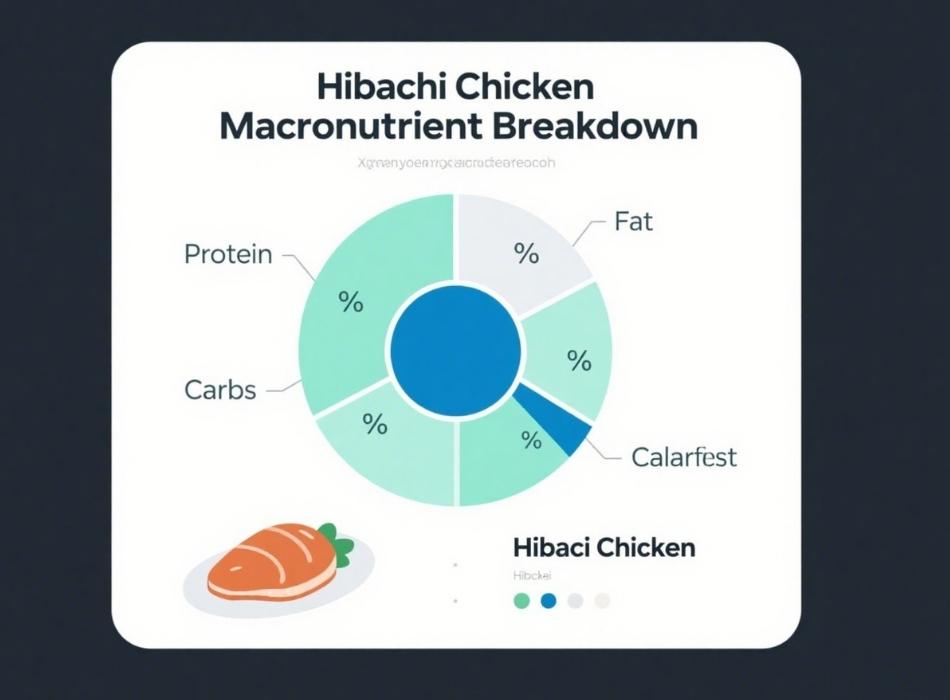
To better understand how hibachi chicken fits into your diet, let’s break down its macronutrients:
Protein
Hibachi chicken is packed with protein, making it an excellent option for meeting your daily protein requirements. 30–35 grams per serving provides the essential amino acids for muscle repair, immunity, and overall bodily function.
Fat
The fat content in hibachi chicken is primarily influenced by using butter and sesame oil during cooking. While these fats add flavor, they are also high in calories. Fortunately, butter and sesame oil can contribute small amounts of fat-soluble vitamins and healthy fats, mainly if used in moderation.
Carbohydrates
Hibachi chicken, by itself, is low in carbs. However, serving it with fried rice or a sweet glaze can introduce additional carbohydrates.
Vitamins and Minerals in Hibachi Chicken
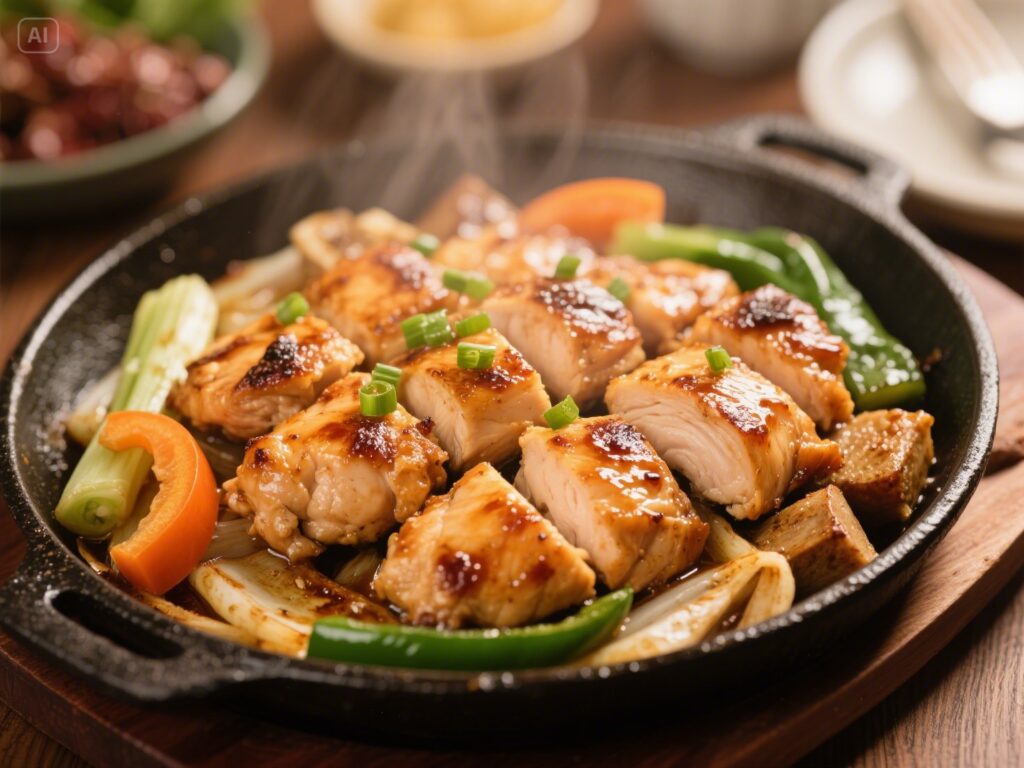
Hibachi chicken isn’t just about protein and fats; it also contains several essential nutrients that benefit your overall health.
Key Nutrients
- Vitamin B6: Aids in energy metabolism and helps your body produce serotonin, a mood-regulating hormone.
- Niacin (Vitamin B3): Supports healthy skin and digestion and helps lower cholesterol.
- Phosphorus and Selenium (found in chicken): Promote bone health and boost immune system function.
- Iron and Potassium (from vegetables): Enhance oxygen transport in the blood and maintain electrolyte balance.
The Impact of Sides and Sauces
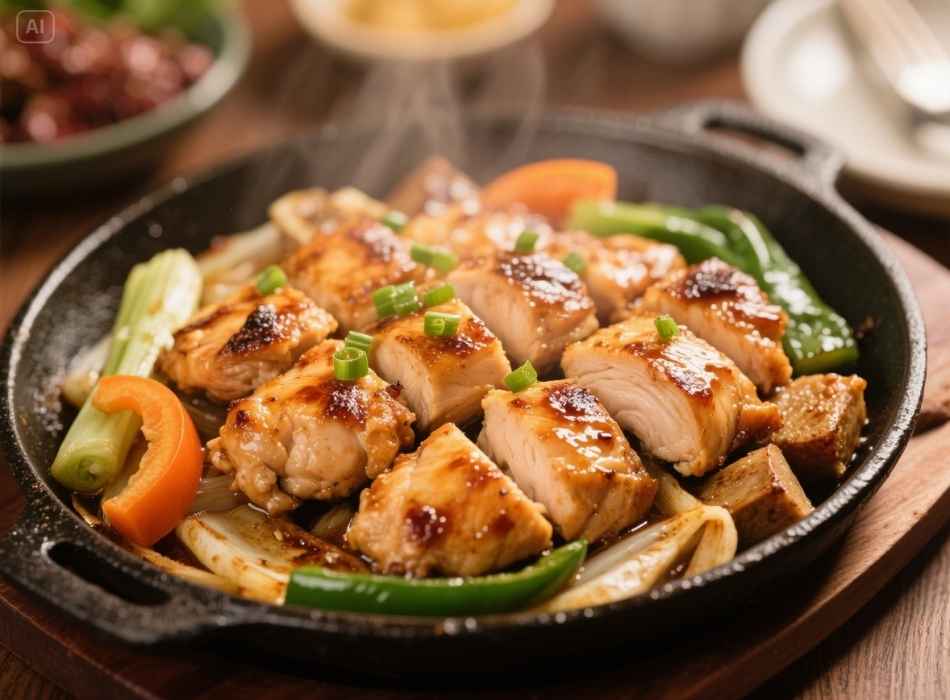
The accurate nutritional profile of a hibachi meal extends far beyond the chicken. Adding fried rice, vegetables, and sauces like yum-yum sauce can significantly impact your calorie and nutrient intake.
Fried Rice
Fried rice adds a hefty dose of carbohydrates and fats to your plate. A cup of fried rice can contain 200–300 kcal, depending on whether eggs, oil, or soy sauce are used during preparation. Opting for plain steamed rice instead can cut down calories substantially.
Grilled Vegetables
Grilled vegetables are a welcome addition, adding fiber, vitamins, and antioxidants to balance the richness of the chicken and rice. Popular hibachi veggies include zucchini, onions, mushrooms, and carrots.
Dipping Sauces
Hibachi sauces, like soy sauce, yum-yum sauce, or ginger sauce, enhance flavor but can contribute extra calories, sodium, and fats:
- Soy Sauce (1 tablespoon): Around 10 calories but over 900 mg of sodium.
- Yum-Yum Sauce (2 tablespoons): Around 140 calories and 13 grams of fat.
- Ginger Sauce (1 tablespoon): Around 10–20 calories with minimal fat.
Healthier Ways to Enjoy Hibachi Chicken
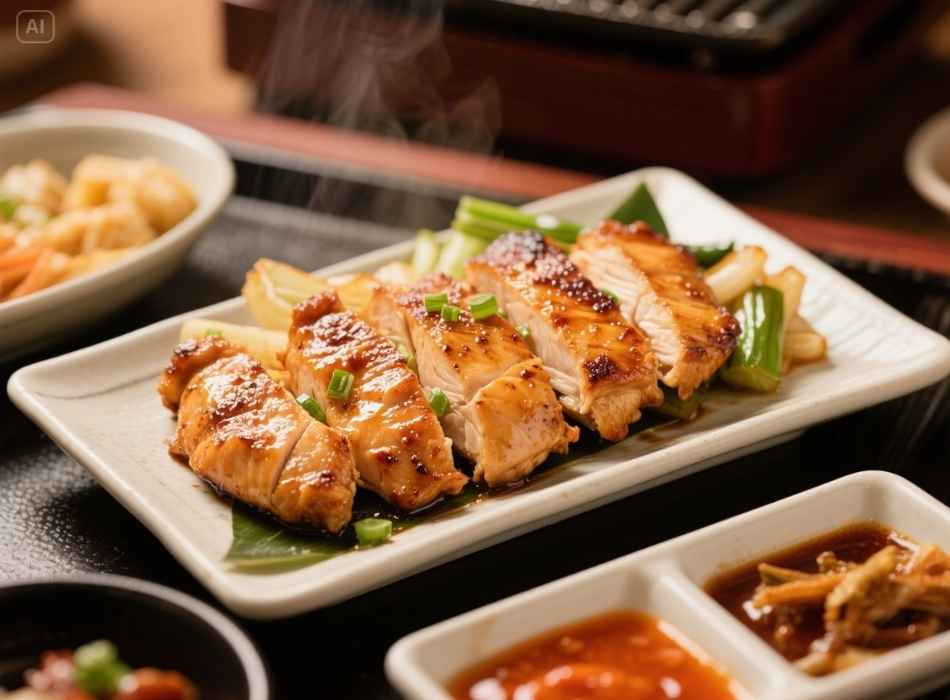
While hibachi chicken and its accompaniments can be calorie-rich, there are ways to enjoy this beloved dish without overindulging. Here are some tips:
Watch Portion Sizes
A typical hibachi restaurant serving is often large enough for two meals. Consider splitting an order with a friend or packing leftovers for the next day.
Opt for Steamed Rice Instead of Fried Rice
Swapping fried rice for steamed white or brown rice can save calories and reduce fat intake.
Go Light on Butter and Oil
Ask the chef to use less butter or oil during preparation. Most hibachi restaurants are happy to accommodate dietary preferences.
Moderate Sauce Usage
Dip your food lightly instead of drenching it. Alternatively, opt for lower-calorie sauces like ginger sauce instead of yum-yum sauce.
Pile on the Veggies
Fill on the grilled vegetables to get more fiber and micronutrients while keeping the calorie count reasonable.
Pair with Water or Unsweetened Tea
Save calories and sugar by skipping soda or cocktails, common accompaniments to hibachi meals.
Is Hibachi Chicken a Healthy Option?
Hibachi chicken can be part of a healthy diet, especially with mindful choices. Its high protein content makes it a satiating yet delicious dish, perfect for those aiming to build muscle or maintain energy levels throughout the day. However, the sodium from soy sauce and additional calories from sides and sauces means moderation is key.
Elevate Your Dining Experience with Smarter Choices
While hibachi chicken is undeniably tasty, a few minor tweaks to your order can make a big nutritional difference. By doubling up on vegetables, asking for less butter, and going light on sauces, you can enjoy the rich flavor of hibachi without compromising your dietary goals.
The next time you enjoy a sizzling plate of hibachi chicken, you’ll savor every bite and have peace of mind knowing you’re balancing indulgence with informed choices.











